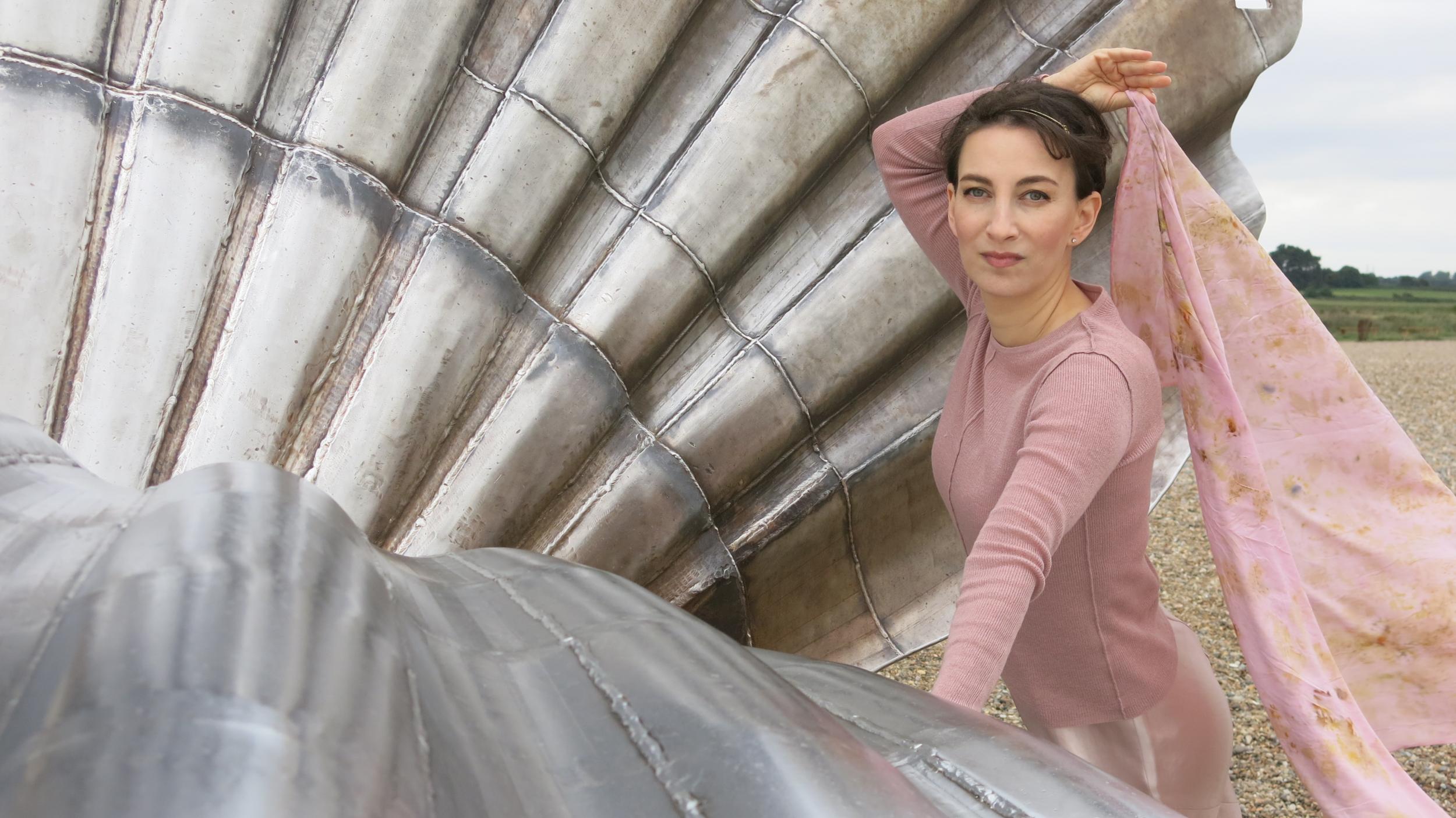Classical reviews – Marci Meth’s ‘The Wild Song’ and Schubert’s 'Last Piano Sonatas'
An enchanting project by Meth combines Benjamin Britten’s songs, WB Yeats’s poetry and electronic music, while Schubert’s final trio of sonatas are performed with understated emotional power. By Michael Church

The Wild Song
Marci Meth, soprano; Simon Russell Beale, readings; Anna Tilbrook, piano
(MP001)
★★★★★
It’s not easy to produce a CD without the aid of a record company, but under her new label Modern Poetics, soprano Marci Meth has single-handedly pulled together a talented team to realise an enchanting and unusual project. Benjamin Britten’s folk-song settings are the fulcrum around which other things turn: poems by WB Yeats and sonic scenes based on ambient sounds plus an electronic overlay. Britten wrote sixty-one song settings, and with the ambient sounds of the marshlands around Snape these represented the soundtrack to his life. Interlarding the songs and poems, composer Mychael Danna’s scenes draw on the sounds of water, reed-beds, and sheep, and with snatches of wind-blown electronic chords make a charmingly suggestive backdrop. And with Simon Russell Beale as the reader, Yeats’s poems – chosen for their thematic congruence with the song texts – greatly deepen that suggestiveness.
Meth’s light soprano has a folk singer’s plainness of tone; Anna Tilbrook’s exquisite piano accompaniments work discreet charms of their own. Many of the songs deal with lost love and bereavement, exuding that wistfulness which only English folk songs can summon up; some of the poems have an almost unbearable poignancy. With songs like “Waly, Waly” and “The Ash Grove”, Britten’s magical accompaniments worked a unique spell, and it’s richly exemplified here.
Schubert: Last Piano Sonatas Nos 19, 20, and 21
Francesco Piemontesi, piano
(Pentatone PTC 5186 742)
★★★★★
Like Beethoven’s last three sonatas, Schubert’s final trio of sonatas represent a creative summit, a perfect culmination of his oeuvre. And to complete the symmetry, the first sonata of Schubert’s three opens with a restatement of the theme of Beethoven’s 32 Variations in C minor. Francesco Piemontesi handles this moment with cool gravity, before embarking on an interpretation that brings out the sheer sweetness of the movement.
The following adagio, permeated with references to Winterreise, radiates a calm serenity, every note being made to count as Piemontesi slows down almost to a halt, all passion spent. One of the great pleasures of Piemontesi’s pianism lies in his instinctive good taste: he never indulges in histrionics and operates on the principle that understatement can carry more emotional power than its converse.
The other two sonatas exhibit the same virtues, finding magisterial beauty in the bare economy of the opening movement’s scalar figurations in D959, and presenting the mysterious storm in the middle of the andantino as though it’s a passing trauma gracefully overcome, rather than the terminal nervous breakdown which most pianists turn it into. The final sonata, recorded live and technically immaculate, is simply glorious.
Join our commenting forum
Join thought-provoking conversations, follow other Independent readers and see their replies
Comments